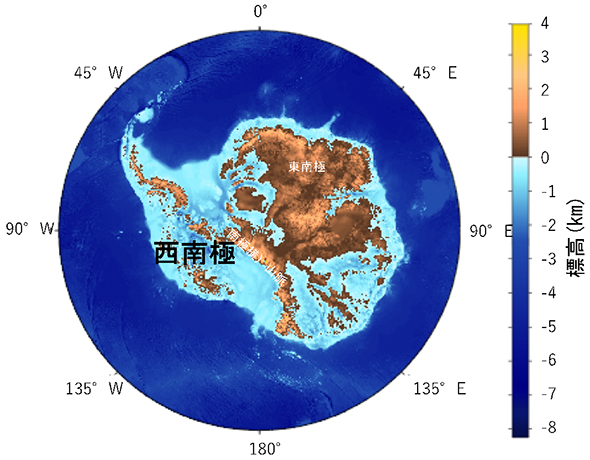2022-05-23 スイス連邦工科大学ローザンヌ校(EPFL)
まず、ビデオカメラで樹脂の中を通る光の軌跡を観察し、光線の歪みを補正するための計算をコンピューターで設計しました。そして、その計算をプリンターにプログラムし、プリンターが動くたびに光線を補正するようにしたのです。これにより、樹脂を固めるのに必要なエネルギーが、必要な場所に到達するようになりました。コンピュータの計算を調整することで、不透明な樹脂でも透明な樹脂とほぼ同じ精度で印刷できるようになったのは画期的なことだった。
<関連情報>
- https://actu.epfl.ch/news/objects-can-now-be-3d-printed-in-opaque-resin-2/
- https://onlinelibrary.wiley.com/doi/10.1002/advs.202105144
体積造形のための散乱材料における光の制御 Controlling Light in Scattering Materials for Volumetric Additive Manufacturing
Jorge Madrid-Wolff,Antoine Boniface,Damien Loterie,Paul Delrot,Christophe Moser
Advanced Science Published: 18 May 2022
DOI:https://doi.org/10.1002/advs.202105144

Abstract
3D printing has revolutionized the manufacturing of volumetric components and structures in many areas. Several fully volumetric light-based techniques have been recently developed thanks to the advent of photocurable resins, promising to reach unprecedented short print time (down to a few tens of seconds) while keeping a good resolution (around 100 μm). However, these new approaches only work with homogeneous and relatively transparent resins so that the light patterns used for photo-polymerization are not scrambled along their propagation. Herein, a method that takes into account light scattering in the resin prior to computing projection patterns is proposed. Using a tomographic volumetric printer, it is experimentally demonstrated that implementation of this correction is critical when printing objects whose size exceeds the scattering mean free path. To show the broad applicability of the technique, functional objects of high print fidelity are fabricated in hard organic scattering acrylates and soft cell-laden hydrogels (at 4 million cells mL−1). This opens up promising perspectives in printing inside turbid materials with particular interesting applications for bioprinting cell-laden constructs.



